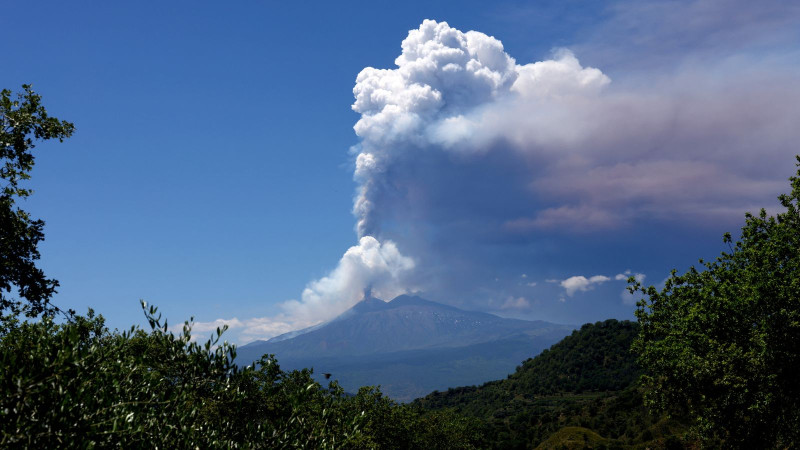Mount Etna erupted dramatically on June, 2025, sending residents and tourists fleeing as Europe’s largest volcano unleashed its most powerful blast in four years. The eruption began around a.m. local time, with the Copernicus Sentinel satellites capturing massive plumes of ash and smoke rising to 21,300 feet (6,500 meters)—nearly twice the volcano’s own height.
Lava streaked down Etna’s eastern and southern slopes, while a fast-moving pyroclastic flow—a dangerous mix of gas, ash, and rock fragments—raced over a mile down the mountain, stopping in the Valle del Leone and containing the most hazardous material The eruption’s intensity, marked by strong strombolian explosions, was described by Italian geological authorities as the strongest since 2021, with volcanic tremors recorded overnight before the main blast.
Tourists and locals were seen running for safety as thick, toxic smoke and falling ash blanketed parts of Sicily Despite the dramatic scenes, authorities quickly reassured the public that there was no widespread danger, though air traffic advisories were issued due to the ash cloud’s altitude, which threatened to disrupt flights in the region.
Mount Etna, sitting near Catania, remains under close watch as volcanic activity continues at a high and nearly continuous level. The eruption has not prompted mass evacuations, but travelers are advised to follow local guidance as Sicily manages the aftermath and ongoing volcanic tremors.

